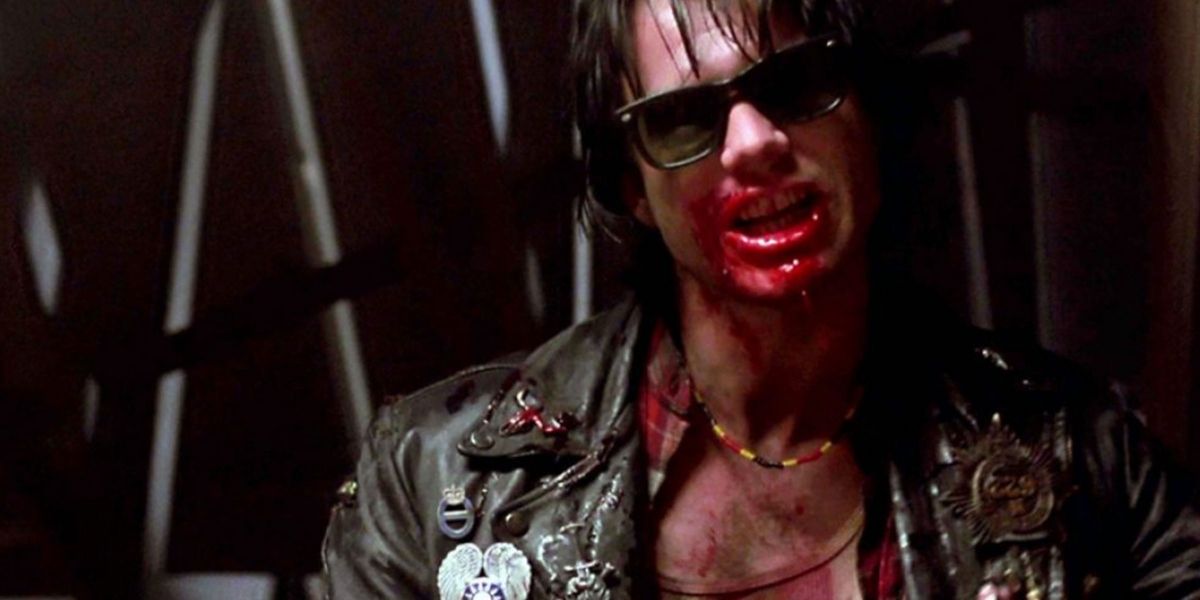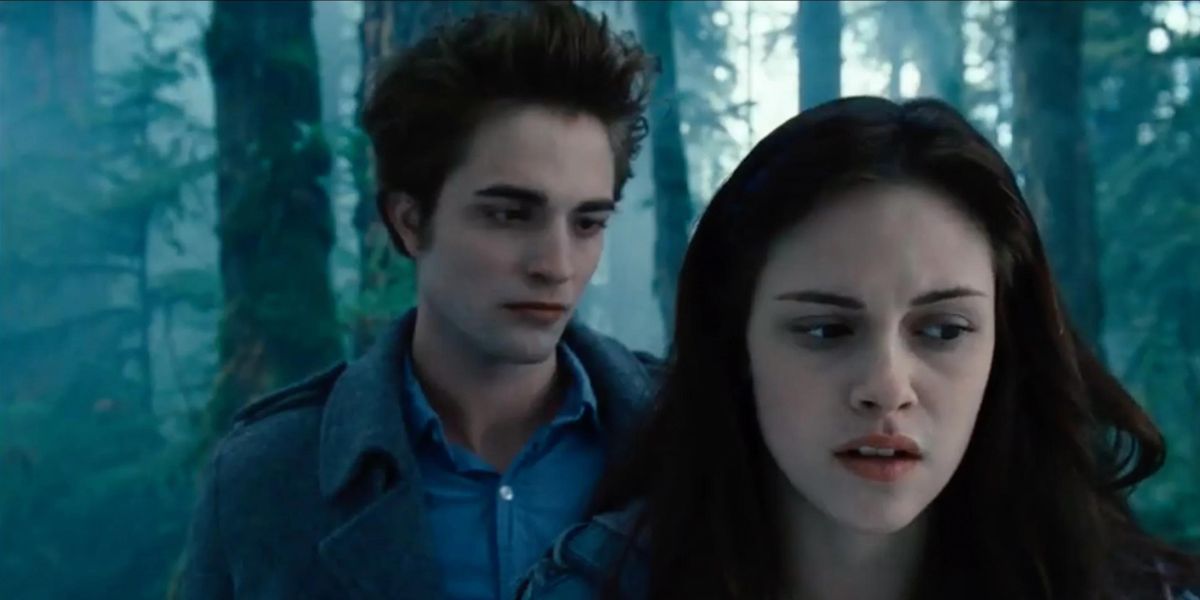Vampires have always been one of the most useful tools in the horror filmmaker’s belt. They can look human, they can look monstrous, they can be sensual or scary, symbolizing sex in all of its appeal and all of its risks to health and well-being. Their powers are vast and mutable, ranging from hypnosis to super strength to animalistic transmutation. In short, they can be almost anything a filmmaker needs them to be, in terms of both an antagonist and a metaphor.
And so, as the decades have rolled on, the vampire has changed in turn to represent contemporary fears and concerns, as well as any cultural trends and themes the filmmaker may want to include in the proceedings. Before the eighties, directors and screenwriters mainly took their cues from Bram Stoker and Eastern European folklore. Old, caped Counts and creeping, clawed shadows were the name of the game. Dracula himself was about as sexy as vampires came back then if you consider pale, tuxedo-clad aristocrats living in dim, decrepit castles sexy.
Nowadays, we see vampires as just outrageously good-looking humans. The likes of Robert Pattinson and Ian Somerhalder - tall, dark, and handsome men - are synonymous with the modern-day look of the vampire. But that, obviously, wasn't always the case. So, when did this jump from Dracula to Edward Cullen happen? We can thank the 1980s for turning the vampire genre on its head and modernizing the centuries-old creature.
The 1980s Brought on a New Kind of Vampire
The eighties came, and with it, bold new fashions and music, and special effects. It was an era of cocaine and clubbing, which fostered a lifestyle of staying up all night and catching Z’s during the day, the perfect environment for a vampire. This brings us to the first film of the decade that flipped vampire horror on its ear: Tom Holland’s Fright Night.
Fright Night came out in 1985, a time of prosperity and partying in America. Most folks’ biggest concerns were getting laid, and the unfortunately related danger that sprung up at the time: the AIDS epidemic, which largely affected the LGBTQ+ population. Holland's film contained homoerotic overtones and insinuations, tapping into the societal fears that went beyond being killed by literal monsters.
'Fright Night' Opened Up the Floodgates for a New Vampire Era
The movie revolves around suburban teenager Charley (William Ragsdale) and his ever-increasing suspicion that his next-door neighbor, Jerry (Chris Sarandon), might be a vampire, responsible for the string of killings that have plagued the area as of late. Jerry was the first step in the evolution of the modern vampire: a suave, sophisticated, good-looking suburbanite that traps his victims with charm. And maybe a bit of hypnosis.
Jerry lives a bachelor’s life with his manservant, Billy (Jonathan Stark). Both he and Charley’s friend, ‘Evil’ Eddie (Stephen Geoffreys), have moments of submission to Jerry throughout the movie, prostrating themselves before him to be turned or to do his bidding. Charley spies on Jerry’s seductions of young women through his window, displaying emotions of fear and arousal, while Jerry knowingly teases him. While sensuality is at the forefront of Fright Night, the vampires' monstrousness during transformation is also amped up to 11. The visual effects work of Richard Edlund and company, who had just wrapped Ghostbusters, took the creature visuals further than any vampire film before it. The dichotomy of the vampire’s sexual appeal versus the grotesquery and horror of living with the affliction once it’s been transmitted was established on screen.
The floodgates were thrown open for new, more exciting interpretations of vampirism. In 1987, a trio of horror films was released that took full advantage of this trend: Fred Dekker’s The Monster Squad, Joel Schumacher’s seminal The Lost Boys, and Kathryn Bigelow’s Near Dark.
Vampires Stayed the Same But the World Around Them Changed
The Monster Squad was even more of a transitional film from the shlock monster movies of the past to the new age of horror than was Fright Night. In fact, it featured most of the Universal Monsters of old, including the Wolfman, the Mummy, the Creature from the Black Lagoon, Frankenstein’s Monster, and of course, Count Dracula himself in all his Dark Age Victorian fashion fabulousness. It wasn’t the monsters that changed with the times here, it was the times that changed around them. Suddenly, these classic monsters found themselves in the 1980s, fighting a bunch of snarky, trend-obsessed tweens instead of Van Helsing and company.
It was the protagonists that evolved in this film rather than the monsters, in a way that proved to be much more fun than the heroes of Fright Night, stuffy, nerdy Charley and his late-night cornball vampire hunter partner, Peter Vincent (Roddy McDowall). The Monster Squad’s kids were fun and funny, and in terms of the slightly older, motorcycle jacket-sporting Rudy (Ryan Lambert), they were badass. It proved that audiences didn’t just want modernized monsters, but modernized protagonists they could identify with and get behind. In a way, The Monster Squad was both an introduction to contemporary heroes and a send-off to the campy, classic Universal monsters, who were literally sucked away into Limbo at the end of the film.
Additionally, the special effects used in the movie became paramount to creature features for some time to come, most specifically the half-man, half-bat transformation scenes involving Dracula. These effects would be used in cinematic vampire transmutations forevermore.
'The Lost Boys' Gave Vampires a Fresh and Modern Look
This brings us to The Lost Boys, which completely upended the vampire genre into something truly trendy and attractive. Suddenly, vampires were no longer old fogies in tuxedos and capes. They were teenagers and twenty-somethings in leather biker garb with heavy metal hairstyles, riding around at night to the tunes of INXS and Aerosmith.
At first, the late Richard Donner was tapped to direct The Lost Boys, due to the original script revolving around a band of children. His recent hit The Goonies proved he could make action PG fare work, and the script called for a bunch of little kids to fill the main roles of the vampires. The title was meant to be a literal reference to the eternally young boys of Neverland from J.M. Barrie’s Peter Pan. But then along came Joel Schumacher, and everything changed. His vision was that of an R-rated hardcore horror movie incorporating the comedic elements of the original screenplay. And he wanted it to be sexy. After a major script overhaul, the children were replaced with teen and twenties-age models and actors. One child vamp made the cut in the form of Laddie, a predominately silent boy in an ill-fitting bellboy jacket. Schumacher kept the relative age of the Frog Brothers (the seasoned vampire hunters of the film) young, but old enough to have baritone voices and to kick vampire butt when necessary. The role of Star was converted from that of a little boy into the beautiful female seductress, played by Jami Gertz.
Through the eyes of our protagonist, Michael (Jason Patric), audiences were able to identify not just with the heroes trying to stake the vampires, but with the ones who had been infected by them. We see Michael take on the changes as he becomes a “half-vampire,” from unwanted weightlessness to the desperate desire to feed on blood. Familial ties are strongly highlighted in the film, particularly when Michael almost succumbs to feeding on his younger brother, Sam (Corey Haim). Sam’s terrified reaction brings both depth and comedic elements to the table, as well as the heartwarming power of their brotherly bond when Sam vows to help Michael overcome his condition, despite the inherent dangers.
Kathryn Bigelow's 'Near Dark' Gave Us a Realistic Vampire Story
Kathryn Bigelow’s Near Dark was released only two months after The Lost Boys. Unfortunately, the film wasn’t nearly as successful as its predecessor. It was only over time that it became a cult classic, and it certainly deserves that status. While not as fun nor sexy as the other vampire films of the time, Near Dark took vampirism to a new level of realism and intensity. The movie was something of a western, taking place in the middle-of-nowhere cattle ranches and tiny towns of Oklahoma. The area was poverty-stricken, as opposed to the glitz and glamour usually associated with the eighties. As such, the vampires featured in the proceedings were a roving band of vagabonds, driving from town to town in a busted-up trailer with aluminum foil covering the windows during daylight hours.
The action and horror sequences in Near Dark were graphic and bold, especially those featuring Bill Paxton’s Severen, perhaps one of the most vicious and caustic bloodsuckers in cinema to this day. Like The Lost Boys, the movie included a child vampire. But instead of staying silent and innocent of bloodletting, Homer (Josh Miller) was slowly losing his mind after decades of being trapped in a little boy’s body. The scene in which he chases after the protagonist’s little sister in broad daylight, unable to give up his chance to finally have a companion, even unto his own fiery death, remains one of the most visceral, unforgettable scenes in vampire history. While no accolades nor monetary success came with the release of Near Dark, it remains a stamp of cinematic greatness that helped propel Kathryn Bigelow onto bigger works as a director.
The Vampire Trend Persists Decades Later
With these fine works of filmmaking, the sexiness and fun of the eighties, and the realism that took hold of movies at the time, had finally and completely infected vampiric cinema. The trend continues to this day, with such works as Buffy the Vampire Slayer, The Vampire Diaries, and the Twilight series still relying heavily on teenage lust to fuel their ticket sales and ratings. More than that, filmmakers were given a new device to trick protagonists, and audiences themselves, into thinking they were safe. With vampires seamlessly blending into society, and often being quite attractive to their unwitting victims, the formula for modern-day vampires was complete.

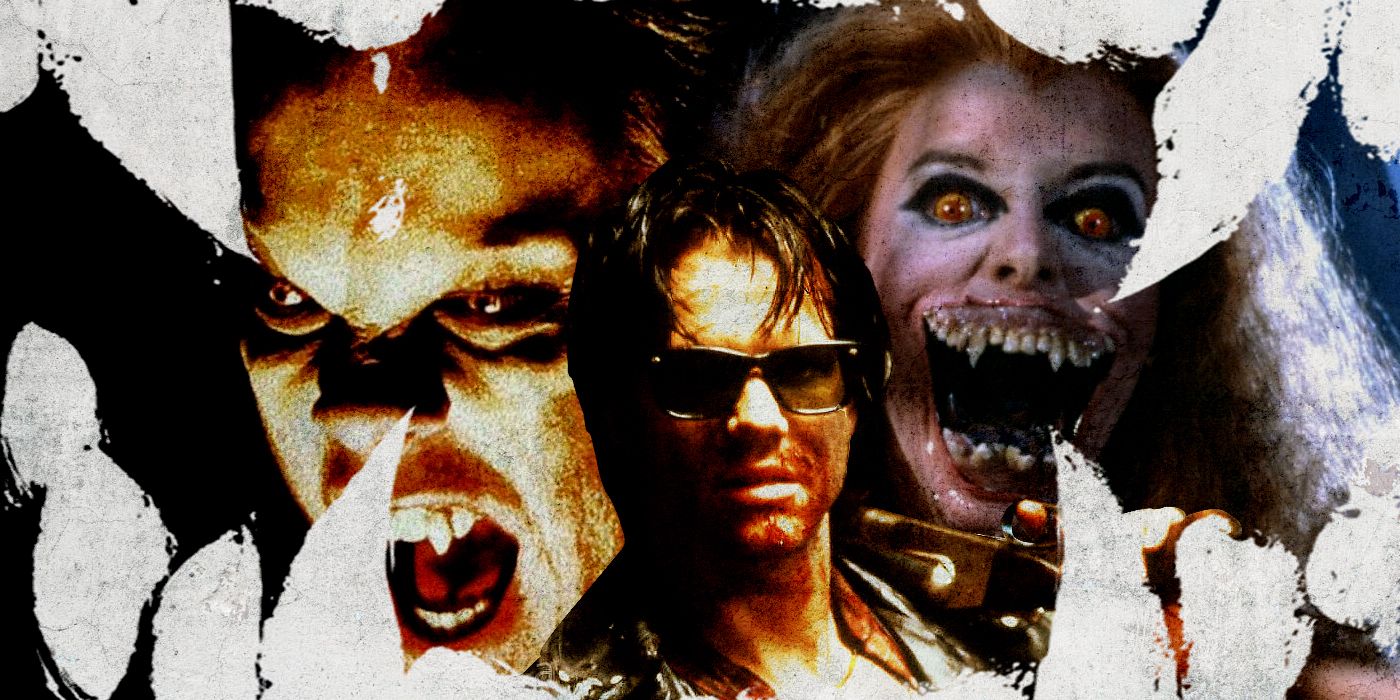
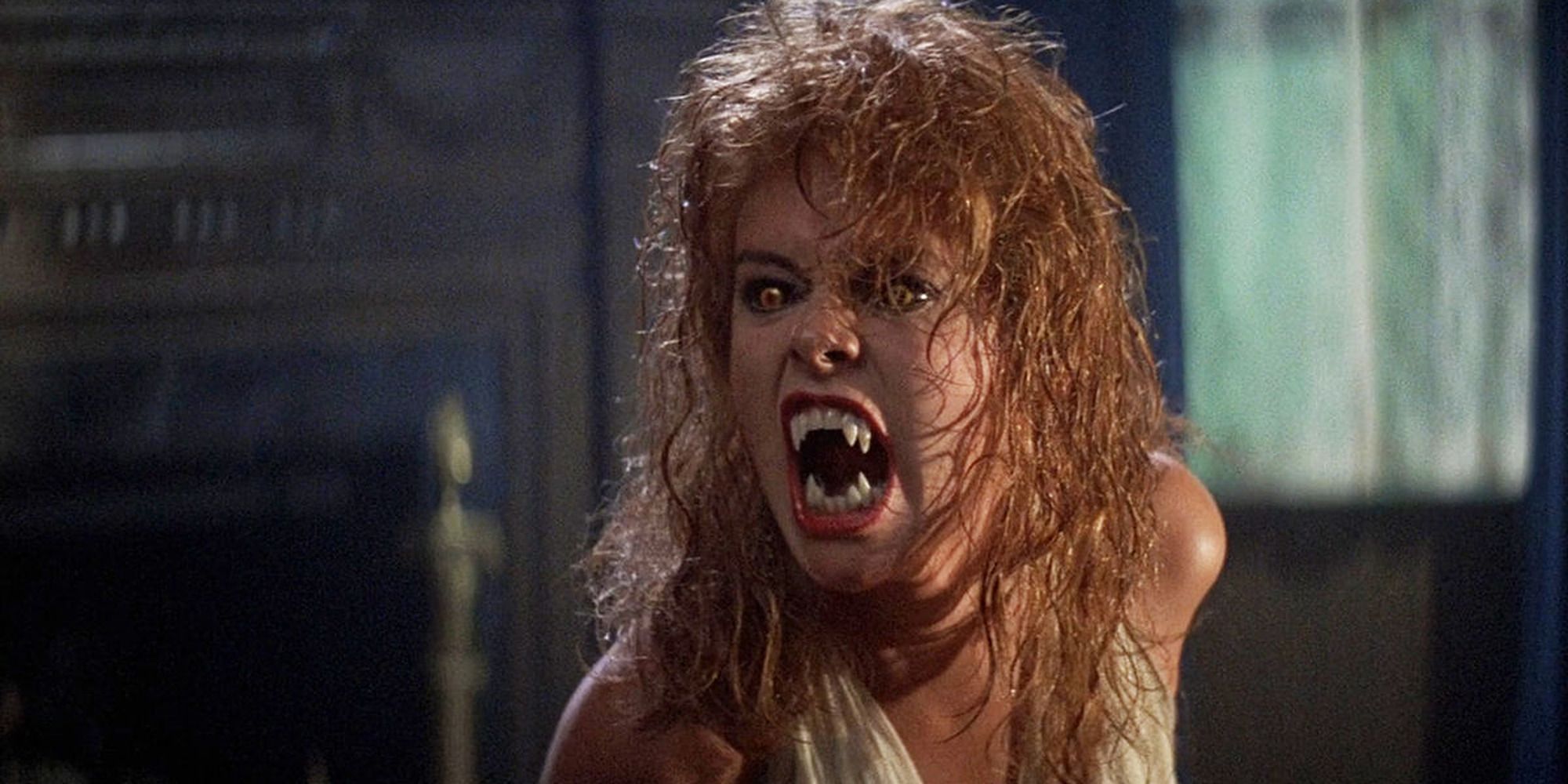
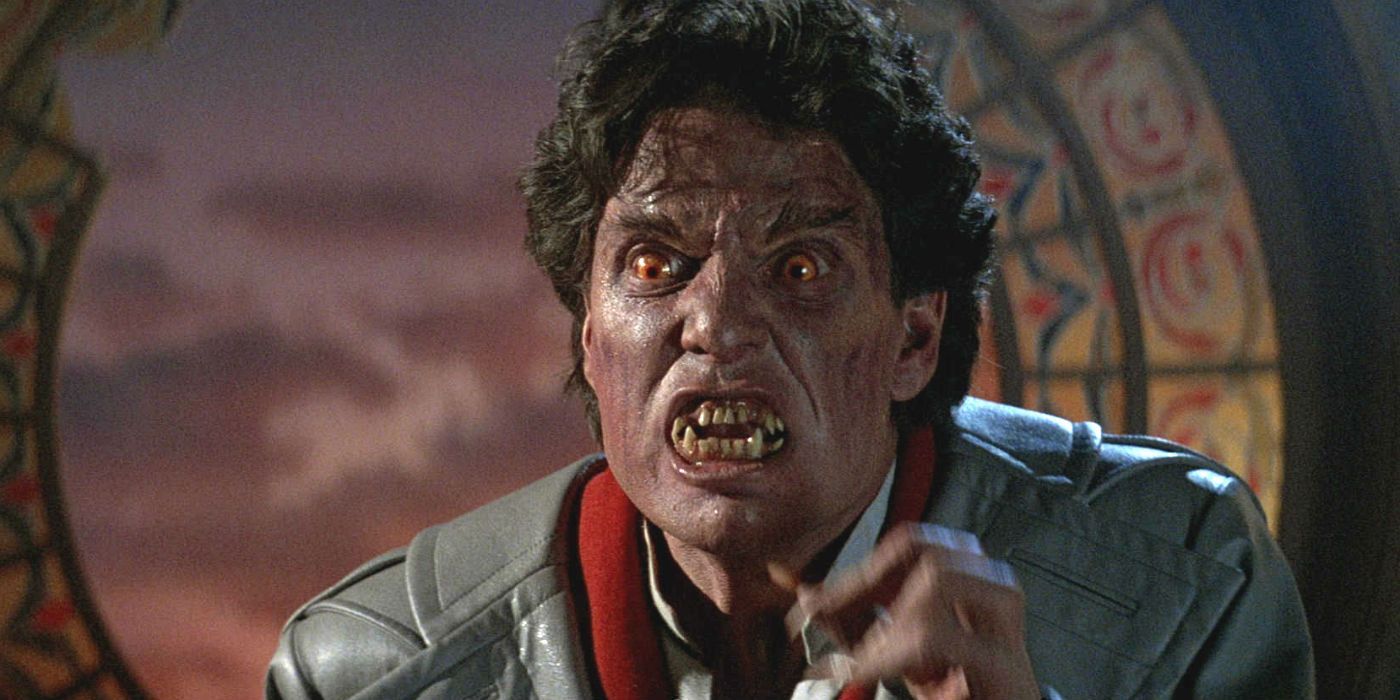
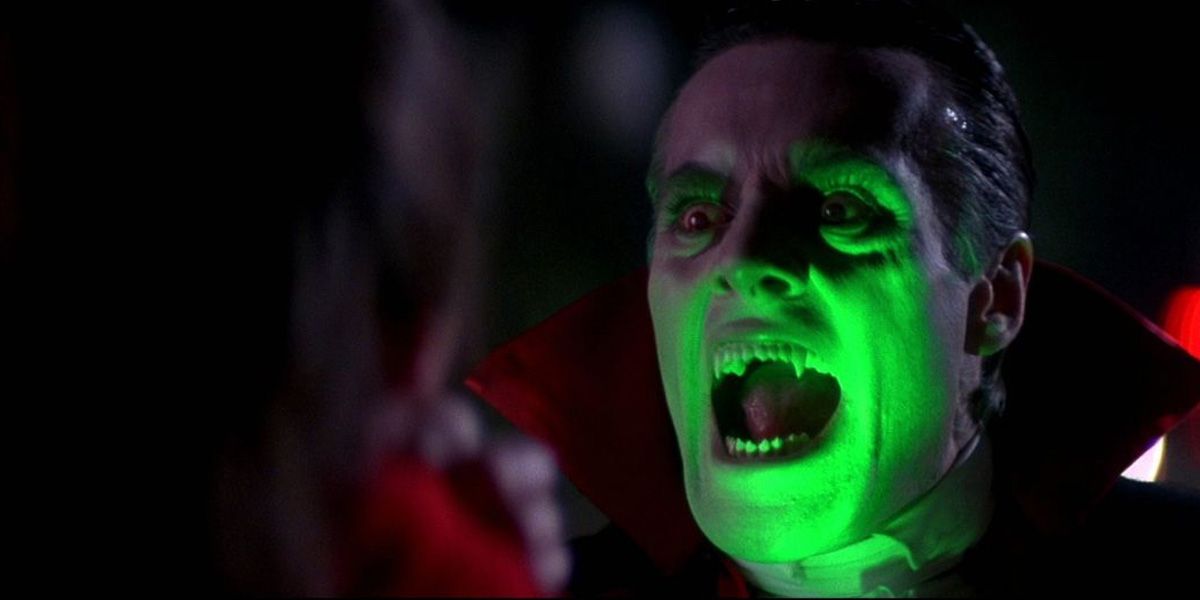
.png)
